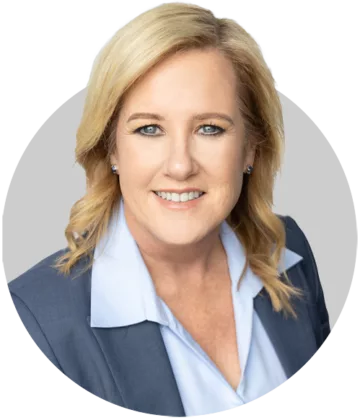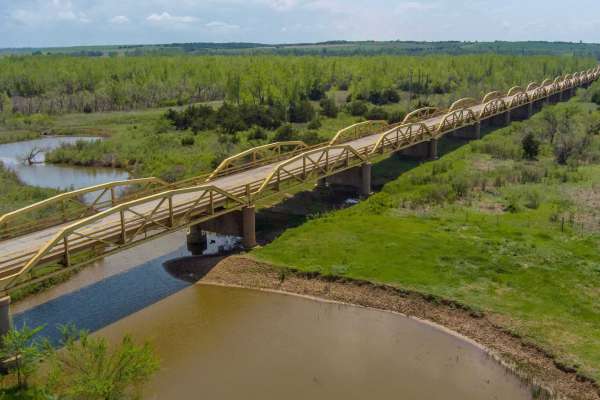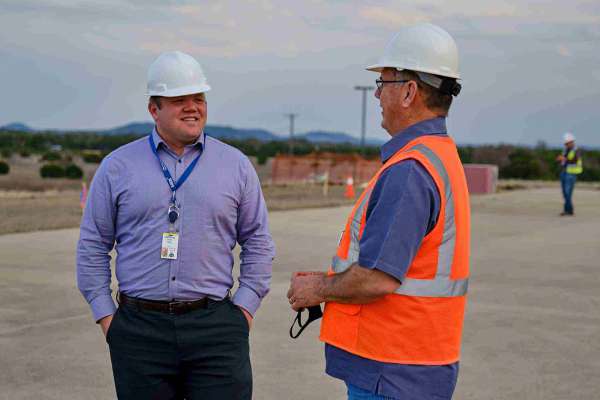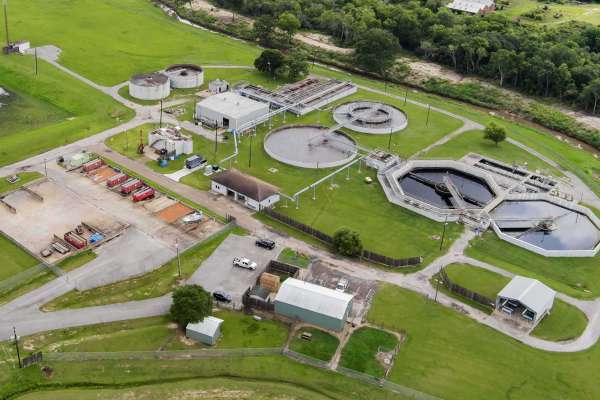Industry Insider
Garver executed the Ports-to-Plains Feasibility Study for TxDOT all while shifting to virtual meetings and engagement because of the ongoing COVID-19 pandemic.
In each issue, IQ introduces one of Garver’s leading experts delivering infrastructure development and improvement projects to communities across the country. Planning and Environmental Team Leader Wendy Travis, AICP, touches on the Ports-to-Plains Feasibility Study, which helped determine if a corridor stretching from the Texas-Mexico international gateway to borders with Oklahoma and New Mexico could be upgraded to an interstate facility. Garver executed the study for the Texas Department of Transportation (TxDOT) all while shifting to virtual meetings and engagement because of the ongoing COVID-19 pandemic.
This study was completed in less than a year. How was Garver able to meet the expedited timeline?
We brought effective leadership, project management, and the right technical experts to this complex study. The project required data collection from over 100 datasets, including prior TxDOT plans, crash databases, census data, economic projections, roadway as-builts, freight origins and destinations, and population migration trends. We weren’t just collecting data, conducting analyses, and preparing reports, though. We were also preparing presentations to elected officials and stakeholders — we had to make the technical data and analysis understandable to all audiences. In addition, our team’s ability to listen and respond was essential to a successful delivery at lightning speed.
What was key to engagement when in-person meetings were not possible?
Like any project or study of this magnitude, communication throughout the entirety of the process was key. Our team handled meeting logistics, prepared presentations, handouts, maps, and used interactive engagement tools to facilitate discussion and to gather input. The Advisory Committee met six times over a one-year period, and three different segment committees met five times over an eight-month period. As the COVID-19 pandemic hit and stay-at-home orders were put into place, we seamlessly converted all committee and public meetings to a virtual format. We developed virtual public meeting websites so the public could provide input and used TxDOT WebEx video conferencing without missing a study milestone deadline.
Garver’s diverse team has perfected tools that help clients maintain project progress and still make deadlines despite social distancing and other measures. For several projects, we’ve created virtual public meeting sites and live virtual events that encourage the public not only to join meetings with project team members but view presentations and ask questions to those carrying out the project.
For Ports-to-Plains, these materials included infographics and maps to present an analysis of safety and mobility, freight movement, economic impacts, traffic congestion relief, moving energy products to market, interstate costs, interstate designation areas, and potential funding sources required by HB 1079, which mandated the study. All of this input was incorporated into Segment Committee and Advisory Committee reports, enabling TxDOT to meet the requirements of HB 1079.
How will this impact the industry going forward?
We know that someday — hopefully sooner rather than later — things will return to a new definition of normal. However, we’ve realized over the last year that virtual public meetings are here to stay, and these tools can be beneficial when meeting in person is not possible or desirable.
These won’t be a replacement of the in-person meeting but rather an augmentation of it, considering the accessibility and interactive options that these tools provide to clients as well as those who will be utilizing these projects.
What’s next for TxDOT and the project?
Based on the study, the committee recommended that the project to convert the corridor into an interstate facility should continue. This will create a four-lane interstate stretching almost 1,000 miles, providing a sizable impact to the region’s main economic drivers of trade, energy production, and agriculture.








Share this article